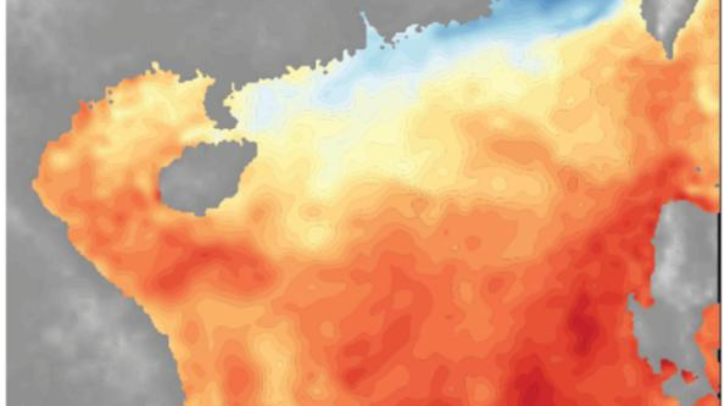Researchers from the Chinese Academy of Sciences’ Institute of Atmospheric Physics have combined deep learning (DL) models with an extended conditional nonlinear optimal perturbation (CNOP) in the time dimension to improve atmospheric and oceanic forecasting. The CNOP-DL method aims to enhance the forecast skill of deep learning forecasting models by optimizing the deployment strategy of limited observational resources.
The method has been published in Advances in Atmospheric Sciences. Dr Ziqing Zu, a researcher from the National Marine Environmental Forecasting Center of China was the lead author of the study; Mu Mu, a professor at Fudan University, was the corresponding author of the study.
Other contributors include Jiangjiang Xia from Key Laboratory of Regional Climate-Environment for Temperate East Asia at CAS IAP in Beijing, China; and Qiang Wang from the College of Oceanography at Hohai University in Nanjing, China.
Extending the conditional nonlinear optimal perturbation method
In the report, the team highlight how, in recent years, deep learning methods have been increasingly applied in atmospheric and oceanic forecasting, showing superior forecast skills. They point out that unlike time-stepping numerical models, deep learning forecasting models (DLMs) typically adopt a “multi-time-slice input” structure and that this structure breaks the deterministic causality in the time dimension that exists in the numerical models. Therefore, they assert, the forecast errors in DLMs should be attributed to all input slices, rather than any single one. This fundamental difference limits the applicability of the classical CNOP method, as CNOP is defined at a single time slice, specifically, the initial time, the researchers say. In this study, they extended the conditional nonlinear optimal perturbation (CNOP) method in the time dimension and proposed the CNOP-DL method.
Designed specifically for DLMs with multi-time-slice inputs, CNOP-DL includes perturbations across multiple times of the inputs, revealing the sensitivity of forecast errors to input errors in both time and space dimensions.
“CNOP-DL is useful in the targeted observation studies as it allows us to identify not only where but also when additional observations should be deployed to reduce the input errors, ultimately to significantly mitigate the forecast errors,” said Dr Zu. “This is especially valuable for improving the forecasts of rapidly developing systems such as typhoons and mesoscale eddies, where observational resources are often limited.”
Sea temperature prediction use case
To demonstrate the utility of the method, they applied CNOP-DL to a case study of sea surface temperature (SST) forecasting in the South China Sea. The CNOP-DL included six time slices in the time dimension. Therefore, the optimal time can be identified according to the temporal structure of the perturbation energies. Furthermore, the results revealed that forecast errors are more sensitive to the time of the input perturbations than to the location. In other words, determining when to deploy additional observations can be more critical than determining where.
“In conventional targeted observation studies, the focus is typically on identifying the optimal locations for targeted observations at the initial time. By extending CNOP in the time dimension, CNOP-DL can identify which time steps in the inputs are more critical, thereby broadening the scope of conventional targeted observation studies.” said Professor Mu from Fudan University. “By highlighting the importance of time sensitivity, CNOP-DL holds the potential for guiding practical field campaigns that optimize both spatial and temporal deployment of observational platforms such as moored buoys, gliders and research vessels.”
According to the team, CNOP-DL is also useful in predictability studies. The authors demonstrated that there are significant differences between CNOP-DL and CNOP, and that CNOP-DL can lead to larger forecast errors, thereby providing a more accurate estimate of the upper bound of forecast uncertainty. This is because, essentially, CNOP searches for the optimal solution within a subset of the CNOP-DL space; thus, CNOP can be regarded as a special case of CNOP-DL.
Next, the authors plan to calculate CNOP-DL for a lot of forecast cases, and then conduct composite analyses of CNOP-DL results. By identifying common patterns in sensitive regions and key time windows, they aim to design an optimal observational network in the South China Sea, particularly for moored buoy arrays. Such a system could provide valuable observations to improve significantly operational forecasts, using limited observational resources.
In related news, researchers from Nanjing Tech University and the Chinese Academy of Sciences recently introduced a model called CNN-SENet, designed to deliver more accurate and computationally efficient wind speed retrievals across global oceans. Read the full story here



